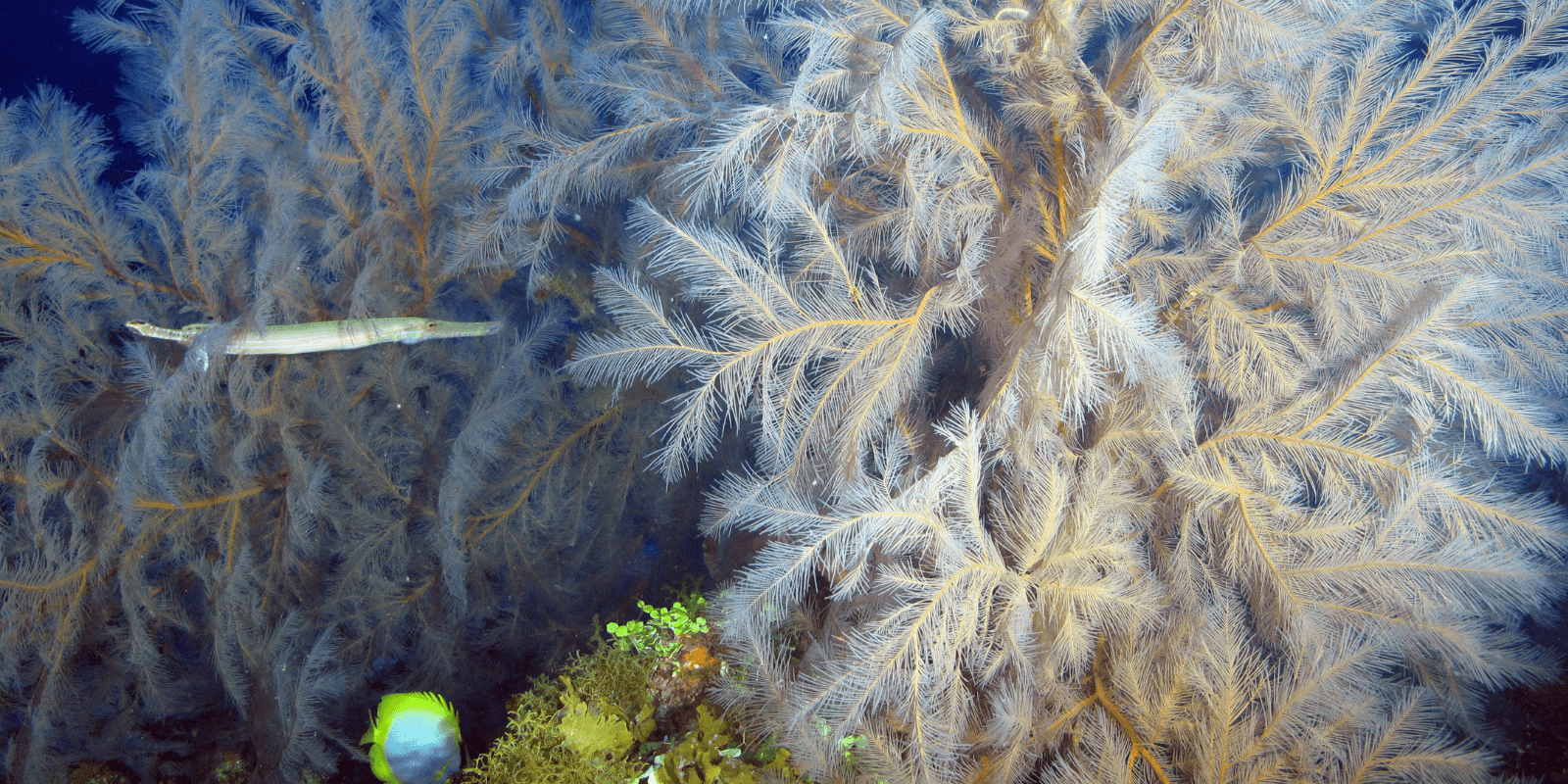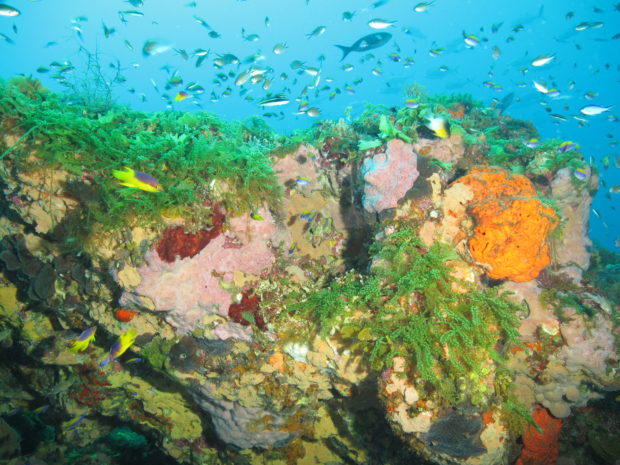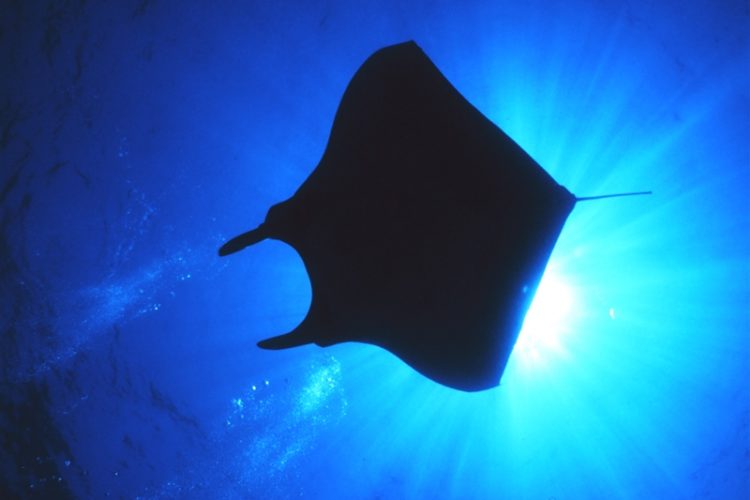We have much more to do and your continued support is needed now more than ever.
Celebrating the Expansion of Flower Garden Banks Marine Sanctuary

The Flower Garden Banks—ecological gems in the Gulf of Mexico located about 100 miles off the coasts of Texas and Louisiana—kicked off 2021 with reason to celebrate: an expanded National Marine Sanctuary!
The Flower Garden Banks are a network of colorful deep‐dwelling coral communities deep on the ocean floor. These reefs are host to an incredible diversity of species including sharks, rays, and numerous fish; they are a rarity in the Gulf and serve as a hotspot for marine life.

The reefs of Flower Garden Banks provide habitat for a wealth of unique species, such as the giant manta ray. Manta rays can be found throughout the world’s warmer oceans and gulfs, but Flower Garden Banks serves as a nursery area for this threatened species.
The area is also a feeding area for many species of sea turtles, spawning grounds for corals, sponges, and grouper; and a schooling area for hammerhead sharks, spotted rays, and many species of fish.
Rocky features in Flower Garden Banks are colonized by black corals, octocorals, blushing star corals, and threatened species such as boulder star coral. Globally, coral reefs are declining but the coral communities in Flower Garden Banks have remained relatively stable. With all these amazing species, this is certainly an area worth protecting!

New Protections for a Fragile Ecosystem
However, Flower Garden Banks are vulnerable. The ecosystems there are impacted by damage from boat anchors, destruction from fishing with trawls, dredges, bottom longlines, fishing traps—and oil and gas drilling.
Two reefs in the area were first protected in 1992 through the establishment of Flower Garden Banks National Marine Sanctuary, and a third reef was added in 1996. But vast areas remained unprotected.
Fortunately, the National Oceanic and Atmospheric Administration (NOAA) recognized the value of expanding the sanctuary, and in 2016 NOAA proposed expanding the sanctuary to encompass nearly 400 square miles, with 18 reefs, banks, and natural features. Almost 10,000 National Wildlife Federation activists and members supported this expansion and sent letters to NOAA voicing their support.
Expansion of Flower Garden Banks Marine Sanctuary Completed

Earlier this month, NOAA announced the completion of the expansion. Although the final sanctuary expansion was smaller than originally proposed—because of the pressure from the oil and gas industry—the sanctuary has now tripled in size, covering 160 square miles, and 14 reefs and banks are now protected. This expansion enhances the resilience of the area’s natural resources, conserves and protects deep-water coral habitats, and preserves the rich biodiversity of the region.
The current expansion is a positive step and we hope the Biden Administration will consider including the areas that were eliminated from the final rule, as well as adding other coral reefs, including the corals and deep-water habitats that were harmed by oil released during the 2010 Deepwater Horizon oil spill.





















